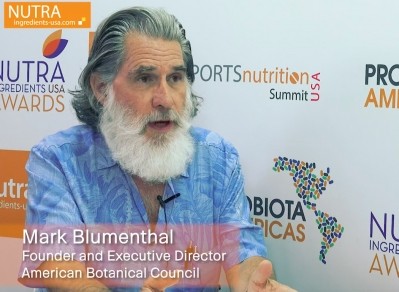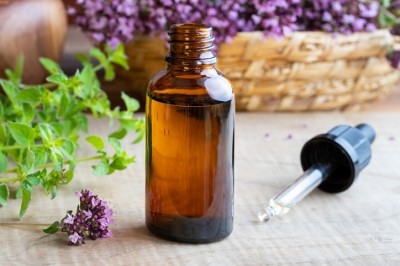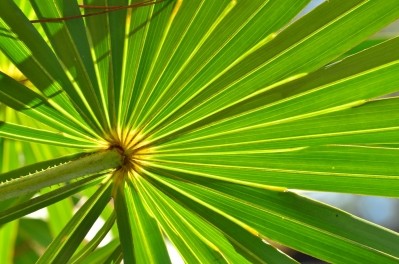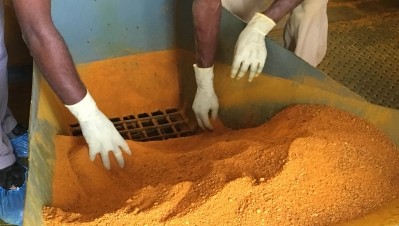BAPP document lays out common adulterants, best test methods for aloe
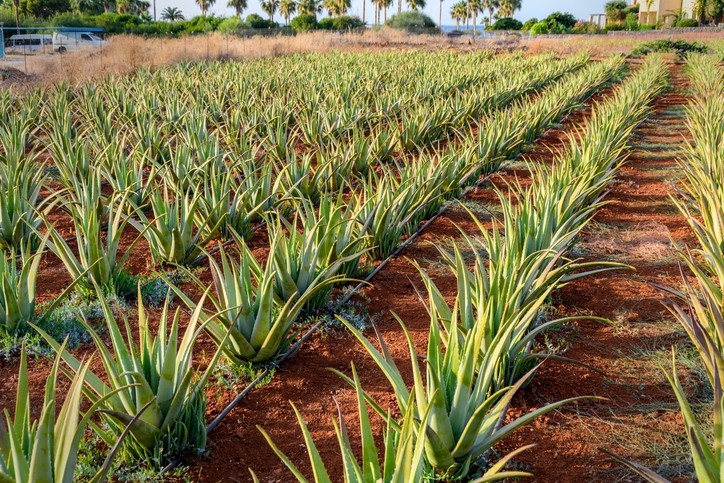
The Botanical Adulterants Prevention Program is a joint effort led by the American Botanical Council, the American Herbal Pharmacopoeia and the National Center for Natural Products Research at the University of Mississippi.
Large market
The most recent BAPP bulletin notes that liquids and gels (often dried into powders) obtained from the leaf of aloe vera are widely used as ingredients in dietary supplement, personal care, and cosmetic products. In addition, aloe vera leaf juice ingredients for internal consumption are popular in the food and beverage industry. BAPP said the total global market value of aloe vera leaf gel (as an ingredient for all types of products) was estimated to be about US $507 million in 2017.
Aloe has such surprising market penetration that it is not as easy as with some ingredients to put a firm figure on the global market. The International Aloe Science Council, under the leadership of former executive director Devon Powell, once published a global market figure of $13 billion, which Powell billed as an ‘Aloe Gross Domestic Product’ figure. He arrived at that figure using calculations such as assuming 2% of all global cosmetic sales used aloe as an ingredient. Powell said the calculation was an attempt to capture the impact of aloe on the global market for all kinds of beverages, supplements, foods and cosmetics.
IASC seems to have backed off from those claims; at any rate, the organization has not done a similar market sizing exercise. But expanding acreage in Mexico lends credence to the notion that the market continues to expand.
Sugars used as substitutes
In any case, the consistent strong demand for the ingredient provides plenty of incentive for adulterators to practice their craft. Aloe vera leaf gel and juice are known to be rich in polysaccharides (complex sugars), most importantly acemannan and pectic polysaccharides. These large molecules are difficult to analyze by chromatographic techniques commonly used in analytical laboratories, and therefore are often measured using unspecific methods such as spectrophotometry or conductivity (measuring the total amount of ions). Fraudulent suppliers have taken advantage of these non-specific test methods to substitute or dilute the aloe polysaccharides with lower-cost carbohydrates such as maltodextrin (a food additive usually derived from corn [Zea mays]) or sucrose (common table sugar).
The new bulletin, written by Ezra Bejar, PhD, an expert in botanical research in San Diego, California, lists the known adulterants, summarizes current analytical approaches to detect adulterants, and provides information on the nomenclature, supply chain, and market importance of aloe vera. It also discusses safety aspects of the known adulterants. The BAPB was reviewed by 27 experts from the nonprofit research sector, trade organizations, and the herbal industry.
Stefan Gafner, PhD, chief science officer of the nonprofit American Botanical Council (ABC) and the technical director of BAPP, commented: “Aloe vera leaf juice is a very popular ingredient with many applications. The use of reconstituted aloe vera juice from a 200x concentrated powder is of particular interest for companies in the personal care and cosmetic sector, since it provides a means to replace water as the most predominant ingredient by volume (which by law has to be listed as the first ingredient on the label), giving the product the appearance of a higher quality. Costs for 200x concentrated aloe leaf powder are between US $225-305 per kilogram, so there is a financial incentive for unethical suppliers to substitute the aloe leaf powder with lower-cost carbohydrates.”
Frequency of adulteration a matter of debate
The frequency of aloe ingredient adulteration is open to debate. Reports from more than a decade ago indicated that as much as 50% of the ingredients on the market may have been cut with maltodextrin or other adulterants. But more recent data from analytical laboratory Alkemist Labs showed that only 3% of the aloe products it had tested in recent years showed to have been substantially cut with maltodextrin.
The BAPP bulletin provides a run down of the various methods that can be used to detect this adulteration, and their various strengths and drawbacks. These include colorimetric assays, chromatographic assays, a methane precipitatable solids (MPS) test and spectroscopic assays (NMR) and genetic methods.
To view the free bulletin, click here.
